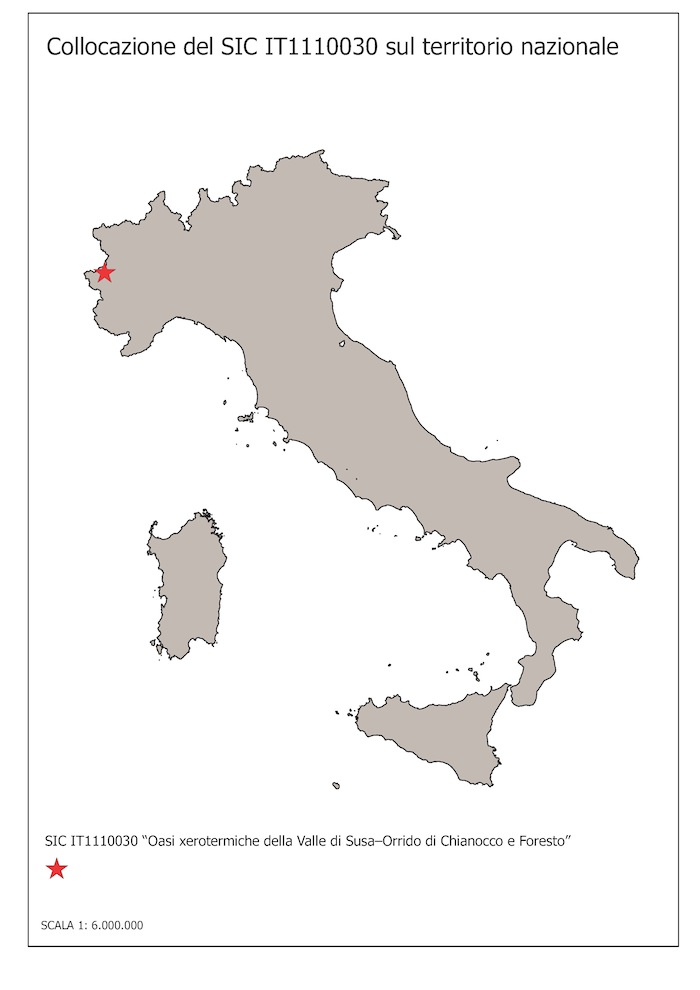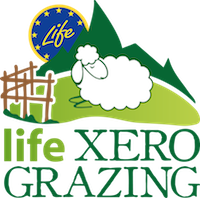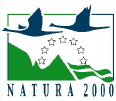Project area
- In Eng
- Hits: 3594
 The project region is primarily a pastoral area, representative of the SCI IT1110030 "Oasi xerotermiche della Valle di Susa-Orrido di Chianocco e Foresto". It covers an area of 1250 ha - on the left bank of the central sector of the bassa Valle di Susa, which also includes parts of the municipalities: Bussoleno (49%), Mompantero (35%), Chianocco (9%) and Susa (7%). 80% of the surface area of the SCI is private property and 20% public property. Within the SCI, there are two natural reserves: L’Orrido di Chianocco and L’Orrido di Foresto.
The project region is primarily a pastoral area, representative of the SCI IT1110030 "Oasi xerotermiche della Valle di Susa-Orrido di Chianocco e Foresto". It covers an area of 1250 ha - on the left bank of the central sector of the bassa Valle di Susa, which also includes parts of the municipalities: Bussoleno (49%), Mompantero (35%), Chianocco (9%) and Susa (7%). 80% of the surface area of the SCI is private property and 20% public property. Within the SCI, there are two natural reserves: L’Orrido di Chianocco and L’Orrido di Foresto.
An extraordinary feature of this area in the Western Alps is the combination of mainly calcareous substrates in conjunction with an arid and windy climate, justifying the name 'Oasi xerotermiche'. These natural features have helped motivate the establishment of firstly, Nature Reserves and secondly, the SCI then has allowed the conservation of arid grasslands and much of stenomediterrany and steppe species that fall outside their "traditional" area. The endalpic climate is characterized by low rainfall, frequent wind and temperatures that rarely drop below 0 ° C. These conditions, have created a ideal hábitat for such ecological diversity to thrive.
In the area within SCI IT1110030, of the reported 8 habitats in the 92/43/CEE Directive (5130, 6110*, 6210*, 7220*, 8210, 9150, 9180*, 9260), 4 habitats are recognized as priority for conservation (*).
The semi-natural grassland of the 6210* habitat is the most important natural habitat in the area. It is characterized by the presence (except for the Piedmont and Alpine territories) of stenomediterrany species (Leuzea conifera, Ononis minutissima e Linum strictum, etc.), steppe species (Achillea tomentosa e Crupina vulgaris, etc.) and endemic species (Ephedra helvetica, Brassica repanda e Campanula bertolae, etc.). There is also a presence of numerous species of orchids (29 orchid species in the SCI, 17 of which are ecologically linked to xeric grasslands).
From a zoological point of view, in the SCI there are some species protected by the Habitats Directive and some species of birds listed in the Birds Directive. The biology of these species is closely linked to the presence of xeric grasslands. Among these protected species are: orthopterous Saga pedo, Lepidoptera (Callimorpha quadripunctaria, Parnassius apollo, Maculinea arion, Coenonympha oedippus) and birds (Anthus campestris, Tawny Pipit ; Aquila chrysaetos, Golden Eagle; Bubo bubo, Eurasian Eagle-Owl; Falco peregrinus, Peregrine Falcon; Lullula arborea, Woodlark ; Alectoris greca saxatilis, Rock Partridge; Circaetus gallicus, Short-toed Snake Eagle; Emberiza hortulana, Ortolan Bunting; Lanius collurio, Red-backed Shrike; Pernis apivorus, European Honey Buzzard).






